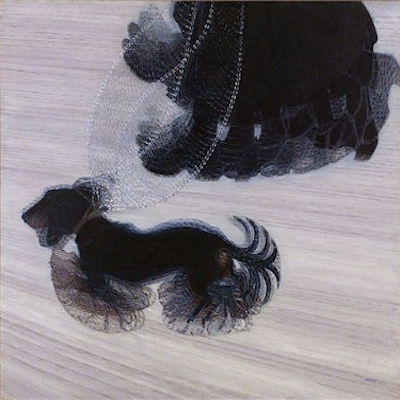
Details
Artist
Styles
// Joan Brossa’s Poema visual 16 (1989) is a striking lithograph that plays with visual poetry and symbolism. The composition features a pair of black binoculars with two vibrant red handprints superimposed on the lenses, creating a powerful contrast between color and form. The handprints evoke a sense of touch and immediacy, inviting viewers to contemplate ideas of observation and perception. Known for blending poetry and visual art, Brossa’s work often challenges viewers to interpret symbols in unconventional ways, merging linguistic elements with imagery. Poema visual 16 prompts reflection on how we view and experience the world, bridging the tangible with the symbolic.
Poema visual 16, 1989
form
Medium
Size
38 x 50 cm
- Inches
- Centimeters
Edition
Price
- USD
- EUR
- GBP
Details
Artist
Styles
// Joan Brossa’s Poema visual 16 (1989) is a striking lithograph that plays with visual poetry and symbolism. The composition features a pair of black binoculars with two vibrant red handprints superimposed on the lenses, creating a powerful contrast between color and form. The handprints evoke a sense of touch and immediacy, inviting viewers to contemplate ideas of observation and perception. Known for blending poetry and visual art, Brossa’s work often challenges viewers to interpret symbols in unconventional ways, merging linguistic elements with imagery. Poema visual 16 prompts reflection on how we view and experience the world, bridging the tangible with the symbolic.
- Recently Added
- Price (low-high )
- Price (high-low )
- Year (low-high )
- Year (high-low )
What is Futurism?
Futurism was an early 20th-century art movement that sought to capture the energy and dynamism of the modern world. The movement was launched by Italian poet Filippo Tommaso Marinetti, who published the Manifesto of Futurism on February 20, 1909. Futurism denounced the past and passionately embraced technology, industry, and the speed of modern life.





























